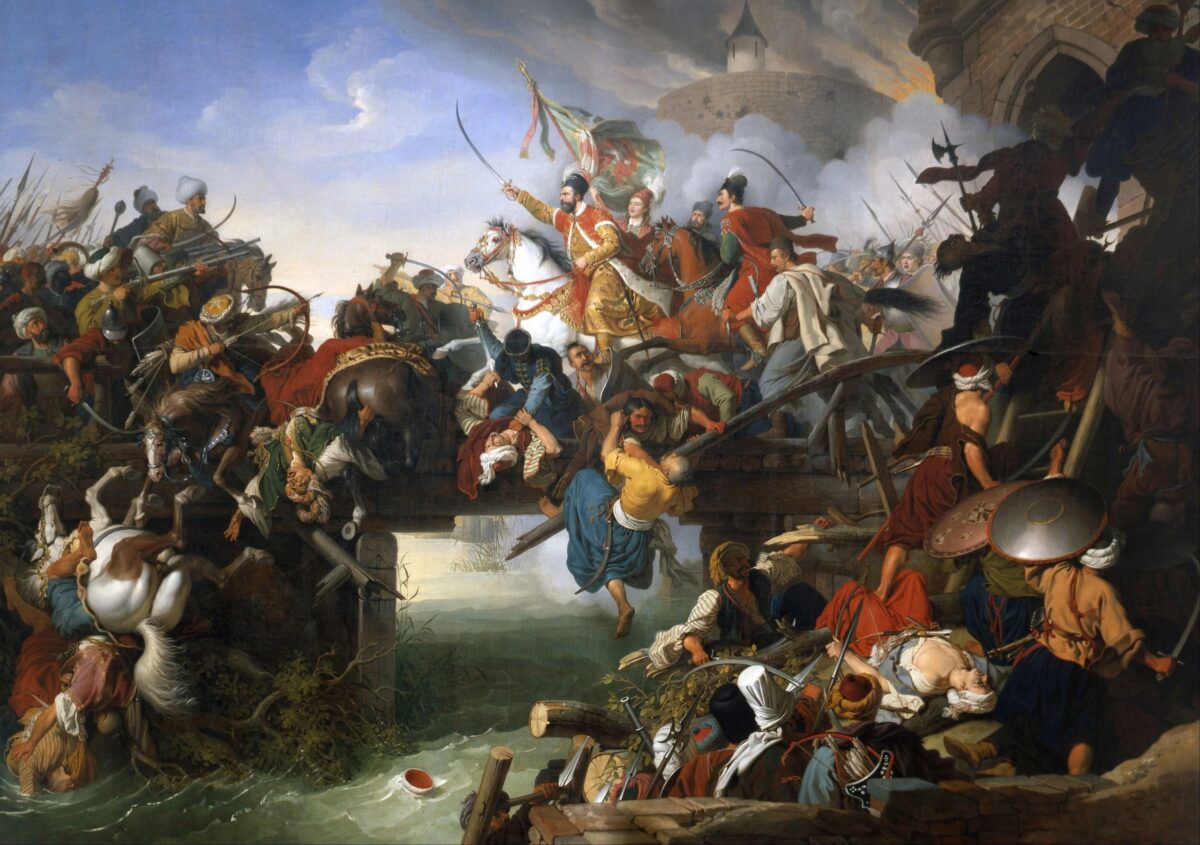Guest post by Simon Black
By the 19th century, the Ottoman Empire had become a has-been power whose glory days as the world’s superpower were well behind them.
They had been supplanted by the French, the British, and the Russian empires in all matters of economic, military, and diplomatic strength. Much of this was due to the Ottoman Empire’s massive debt burden.
In 1868, the Ottoman government spent 17% of its entire tax revenue just to pay interest on the debt.
And they were well past the point of no return where they had to borrow money just to pay interest on the money they had already borrowed.
The increased debt meant the interest payments also increased. And three years later in 1871, the government was spending 32% of its tax revenue just to pay interest.
By 1877, the Ottoman government was spending 52% of its tax revenue just to pay interest. And at that point they were finished. They defaulted that year.
This is a common story throughout history.
The French government saw a meteoric rise in their debt throughout the late 1700s. By 1788, on the eve of the French Revolution, they spent 62% of their tax revenue to pay interest on the debt.
Charles I of Spain had so much debt that by 1559, interest payments exceeded ordinary revenue of the Habsburg monarchy. Spain defaulted four times on its debt before the end of the century.
It doesn’t take a rocket scientist to figure out that an unsustainable debt burden soundly tolls the death knell of a nation’s economy, and its government.
Unfortunately, it can sometimes take a rocket scientist to figure out what the real numbers are; governments have a vested interest in not being transparent about their debts and interest payments.
In the Land of the Free, for example, the government routinely doesn’t count interest payments that they make to the Social Security Trust Fund.
They’ve managed to convince people that those debts don’t matter ‘because we owe it to ourselves.’
Apparently in their minds, solemn promises made to retirees simply don’t count.
It’s like a person who is in debt up to his eyeballs with both credit card companies and family members has no compunction about stiffing Grandpa.
Obligations are obligations, no matter who they’re owed to.
Taking this into account, total US interest payments in Fiscal Year 2013 were a whopping $415 billion, roughly 17% of total tax revenue. Just like the Ottoman Empire was at in 1868.
Here’s the thing, though– it’s inappropriate to look at total tax revenue when we’re talking about making interest payments.
The IRS collected $2.49 trillion in taxes last year (net of refunds). But of this amount, $891 billion was from payroll tax.
According to FICA and the Social Security Act of 1935, however, this amount is tied directly to funding Social Security and Medicare. It is not to be used for interest payments.
Based on this data, the amount of tax revenue that the US government had available to pay for its operations was $1.599 trillion in FY2013.
This means they actually spent approximately 26% of their available tax revenue just to pay interest last year… a much higher number than 17%.
This is an unbelievable figure. The only thing more unbelievable is how masterfully they understate reality… and the level of deception they employ to conceal the truth.



